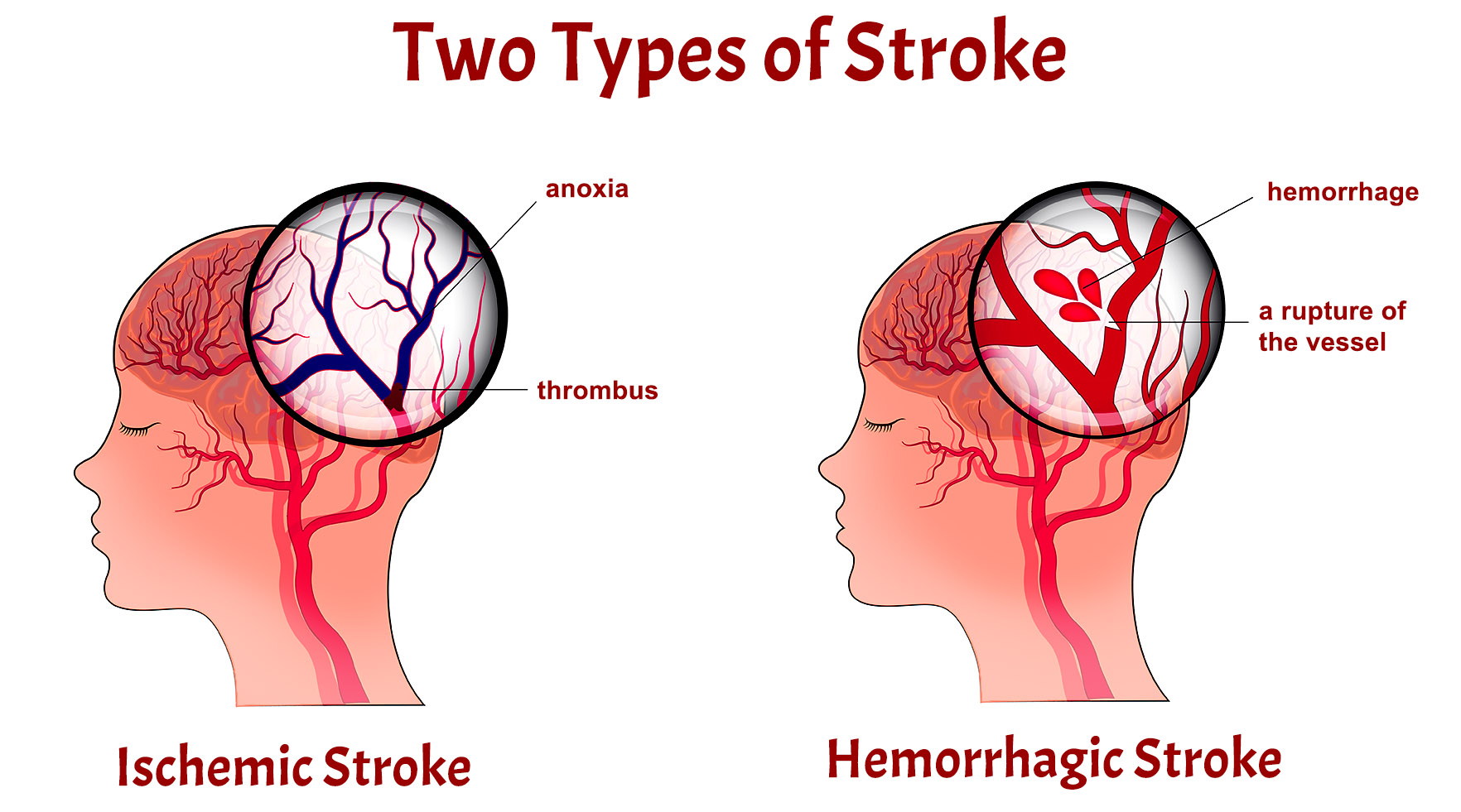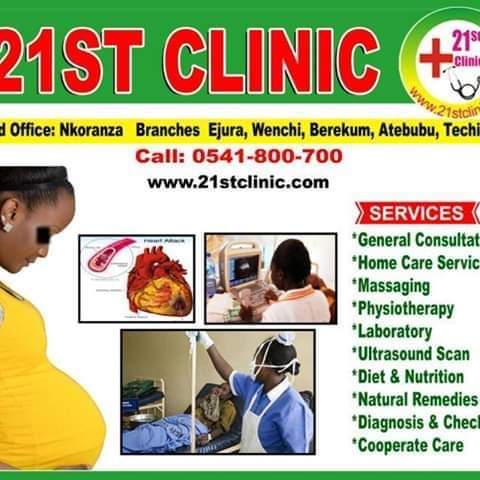A stroke can cause lasting brain damage, long-term disability, or even death. It is a malfunction of the brain or part of it. Stroke occurs when the blood supply to parts of the brain is interrupted or reduced, preventing brain tissue from getting oxygen and nutrients. This medical emergency is crucial and requires prompt treatment. Stroke affects only one side of the body and causes blackened vision in one or both eyes, sudden numbness and difficulty in speaking.
Last week Saturday’s edition of Healing Point highlighted the two different types of the disease, common sign or symptoms, and preventive measures to take in order to avoid it.
The brain controls our movements, stores our memories, and is the source of our thoughts, emotions, and language. The brain also controls many functions of the body, like breathing and digestion. To work properly, your brain needs oxygen. Your arteries deliver oxygen-rich blood to all parts of your brain. If something happens to block the flow of blood, brain cells start to die gradually because they can’t get oxygen. This causes a stroke.
TYPES OF STROKE
1. Ischemic stroke: Ischemic stroke occurs when a vessel supplying blood to the brain is obstructed. It accounts for about 87 % of all strokes. It occurs when a clot or a mass clogs a blood vessel, cutting off the blood flow to brain cells. The underlying condition for this type of obstruction is the development of fatty deposits lining the vessel walls. This condition is called atherosclerosis.
2. Hemorrhagic stroke: Hemorrhagic strokes occur when a blood vessel that supplies the brain ruptures and bleeds. When an artery bleeds into the brain, brain cells and tissues do not get oxygen and nutrients. In addition, pressure builds up in surrounding tissues and irritation and swelling occur, which can lead to further brain damage.

EARLY SIGNS AND SYMPTOMS
Functions of the brain are interrupted when there is reduced flow of blood to the brain. By knowing the signs and symptoms of stroke, you can take quick action and perhaps save a life.
1. Paralysis or numbness. One of the commonest signs of stroke is numbness of the body or part of it. You may develop sudden numbness, weakness or paralysis in the face, arm or leg. This often affects just one side of the body while the other side remains fully functional.
2. Blurred or darkened vision. Stroke causes difficulty in seeing and interpreting what you see. When you suddenly see double, have a blurred or darkened vision, you may be showing signs of stroke.
3. Headache. Headaches which include migraines may be an indication of stroke. A sudden, severe headache in the scalp and neck, which may be accompanied by vomiting, dizziness or altered consciousness, may indicate that you're having a stroke. This usually happens without any known cause and to people who have no personal history of headaches.
4. Loss of Balance and coordination. When it appears that you are experiencing difficulty in standing, walking or moving at all, you might be having stroke. Seek medical care. Losing balance and coordination is when you appear as though you are tripping over nothing or have suddenly become very clumsy. You begin to wobble around and hold on to stationary objects to stay upright.
5. Weakness in the arm or leg; When you experience a lack of strength in the face, arm or leg. When observing someone who is experiencing this type of weakness, one may notice their face seems as though it is drooping, that the person may want to consistently sit or lay down and that they often have difficulty doing simple tasks.
6. Forgetfulness and speech difficulty: When you notice a difficulty in speaking and understanding yourself, or you have lost the ability to think clearly, stroke might be imminent.
BALANCE AND COORDINATION TEST
1. A stroke victim cannot smile without part of the lips twitching. Ask the person to smile. If one side of their face seems to droop or feels numb, they may be having a stroke.
2. Spread both arms wide just a little above your shoulder and raise one knee to a 90 degrees angle. Count to 30 and make a fist with each count. Drop the leg after 30 seconds and raise the other. Do it simultaneously. If one arm begins to fall, you may be having a stroke.
RISK FACTORS OF STROKE
These factors raise your risk of stroke, and many of them can be changed, treated or controlled to help prevent the menace.
• High blood pressure
• Diabetes
• Heart and blood vessel diseases: Conditions that can cause blood clots or other blockages include coronary heart disease, heart valve disease, and carotid artery disease.
• High LDL cholesterol levels
• Smoking
• Age: A stroke can happen at any age. But the risk increases with age.
• Unhealthy lifestyle habits, which include eating unhealthy foods, not getting regular physical activity, drinking alcohol, getting too much sleep (more than 9 hours), and using illegal drugs
• Overweight or obesity.

Visit 21st Clinic for exclusive stroke treatment.



 Sompaonline.com offers its reading audience with a comprehensive online source for up-to-the-minute news about politics, business, entertainment and other issues in Ghana
Sompaonline.com offers its reading audience with a comprehensive online source for up-to-the-minute news about politics, business, entertainment and other issues in Ghana